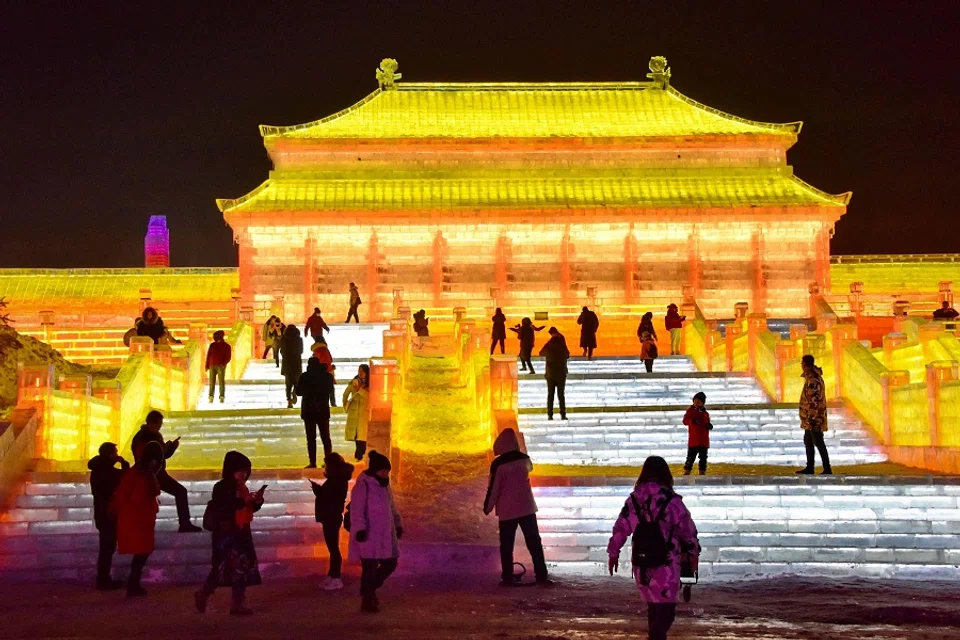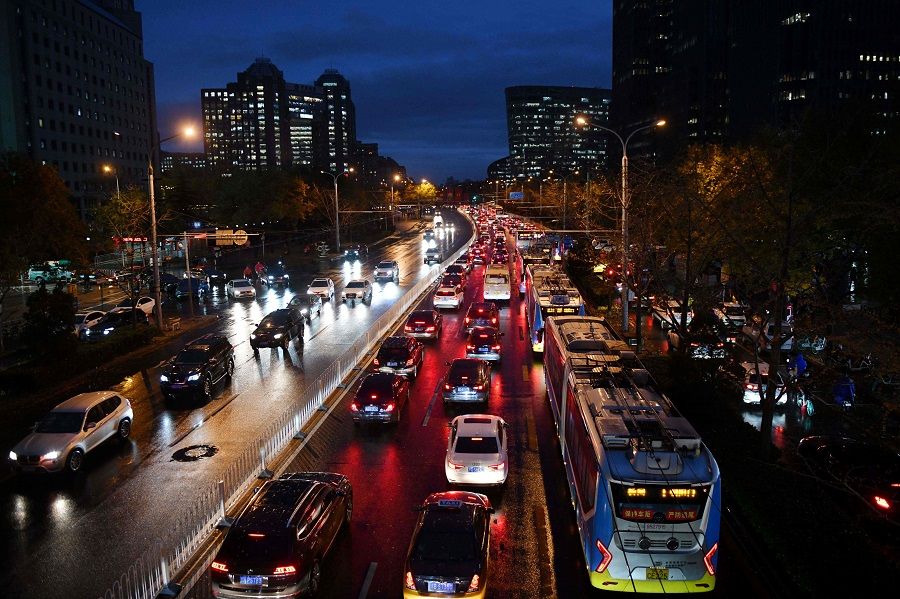A multipolar world order is good for us all

Many Americans are hoping that President-elect Joe Biden will lead the US back to the world and reinstate a US-led world order. But Biden will soon realise that after US President Donald Trump's four years in office, the world is no longer what it used to be. The US-led unipolar order no longer exists, and the US must now face a new multipolar world.
For China, this is very important because a multipolar world would likely first be played out in Asia, especially in the East Asia and South Asia regions where competition is most intense. Undoubtedly, Australia would also be an important participant in a multipolar Asia.
Multipolarity begins in Asia
A multipolar Asia is not bad news for China. In fact, if Beijing is willing to help shape a multipolar Asian order, it can alleviate some of the pressure it is facing from America's suppression and also deflect some of the latter's hostility, thereby gaining a better environment for its survival and development, instead of being locked in a perpetual battle with the US.
The multipolarisation of Asia is naturally premised on the US's return. Asia is now at the centre of world politics. The US's return, especially in view of its competition with and hostility towards China, would certainly shift the focus of global geopolitics towards this region. But as I have emphasised in my previous articles, due to Asia's complex geopolitical situation, various parties in the region have their own stake in the tussle and would not make a clear choice between China and the US.
In such a multi-layered structure with varied networks, mutual checks and balances and interdependence would best protect the interests of various countries.

Thus, if the US really relies more on its allies as Biden said it would, the situation in Asia would show him just how different the present is from four years ago. Most recently, on the economic front, the Regional Comprehensive Economic Partnership (RCEP) was signed in Asia. On the military and security front, a quadrilateral security dialogue (Quad) mechanism is taking shape. The countries participating in these mechanisms overlap and in future may combine to form different alliances based on different interests in issues such as technology, supply chains, and climate change.
In such a multi-layered structure with varied networks, mutual checks and balances and interdependence would best protect the interests of various countries. Any party attempting to secure an overall dominant position would be attacked left right and centre. Undoubtedly, under such a structure, pressure on any one party in the region could be alleviated. To Beijing, this is a means by which it can avoid relying on itself to deal with competition, hostility, and pressure from the US.
Region-centric structures will be on the rise
Post Covid-19, global supply chains around the world, not just in Asia, will be decentralised and morph into region-centric structures. Moreover, structural changes in economic and trade exchanges will alter strategic interests, and in turn, affect the political ties of different countries. A polycentric or multipolar world order will come about sooner or later.
Although Biden claims that he will lead the US back to the world, with Trump garnering over 74 million votes, who can guarantee that Trump or a "Trumpian" will not make a comeback four years later? The world, especially the US's allies, does not wish to see history repeat itself.
As a highly competitive Asia enters a multipolar structure, Japan, ASEAN, Australia, India, and other countries and organisations would become important multipolar forces apart from China. While their relative powers are varied, anyone can play a role in such an interconnected regional organisational structure.

During Trump's term in office, the EU, led by France and Germany, emphasised the importance of "strategic autonomy". Even though Trump withdrew from the Trans‑Pacific Partnership (TPP), Japan pushed for the realisation of the Comprehensive and Progressive Agreement for Trans‑Pacific Partnership (CPTPP). Certainly, based on certain realities, the EU would preserve NATO, while Japan would also participate in the US's Indo-Pacific strategy. But the strategic calculations involved in all these moves are clear for all to see.
It's anyone's game
As a highly competitive Asia enters a multipolar structure, Japan, ASEAN, Australia, India, and other countries and organisations would become important multipolar forces apart from China. While their relative powers are varied, anyone can play a role in such an interconnected regional organisational structure.
Actually, this is just a revival of the traditional Asian paradigm of the past. Many Western academics are inclined to believe that China's past tributary system was once a mechanism that dominated the Asian order for a long time - to a certain extent, their belief simply makes it easier for them to demonstrate that Beijing now has the impetus and desire to try to revive the system. Take a closer look at history and it is clear that the so-called tributary system did not truly place China in a dominant position.
Under such an order, China was sometimes strong and other times weak. Even at its peak, countries that were geographically further away from China, such as Japan, could still maintain considerable independence, and all the more so when China was weak. It was only because of the huge disparity in territorial size and level of civilisation compared to other countries that China has managed to enjoy considerable influence all this while. But based on the actual geopolitical structure, Asia in the past was like Europe, and was always under a clear multipolar structure.
... the US-led unipolar order is an unusual world order in itself.

That is to say, the US-led unipolar order is an unusual world order in itself. In the past, there were already different multipolar regional orders in various parts of the world. Now that the world has become even more closely connected, it is unsurprising that such a multipolar world order is on the rise again.
Hence, whether it is the US and the world order, or China and the Asian order, accepting an order that is not dominated by unipolar forces is not a bad thing. Such a structure is more stable and safe, and is also an important mechanism for maintaining the sustainable development and economic prosperity of all countries. If we want to avoid the repeat of a world order reorganisation following the Cold War and the dissolution of the Soviet Union, it is perhaps a better choice to welcome such a structure.
